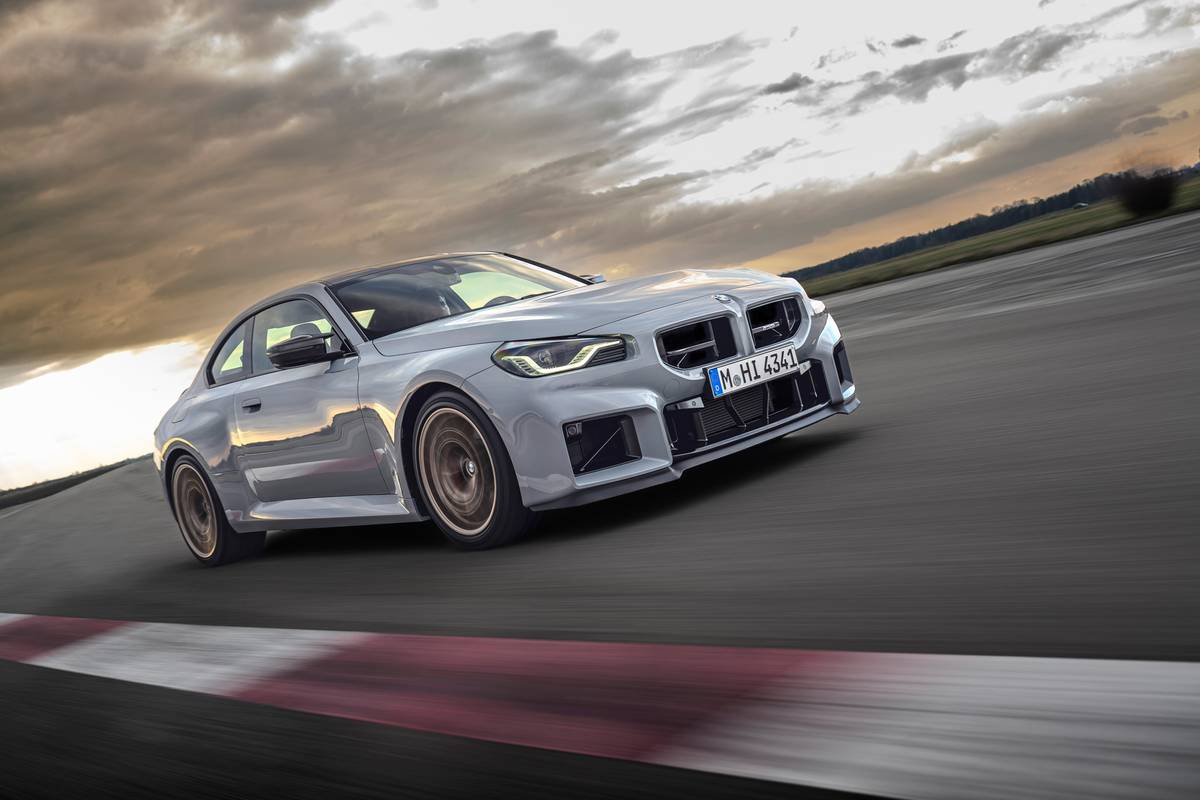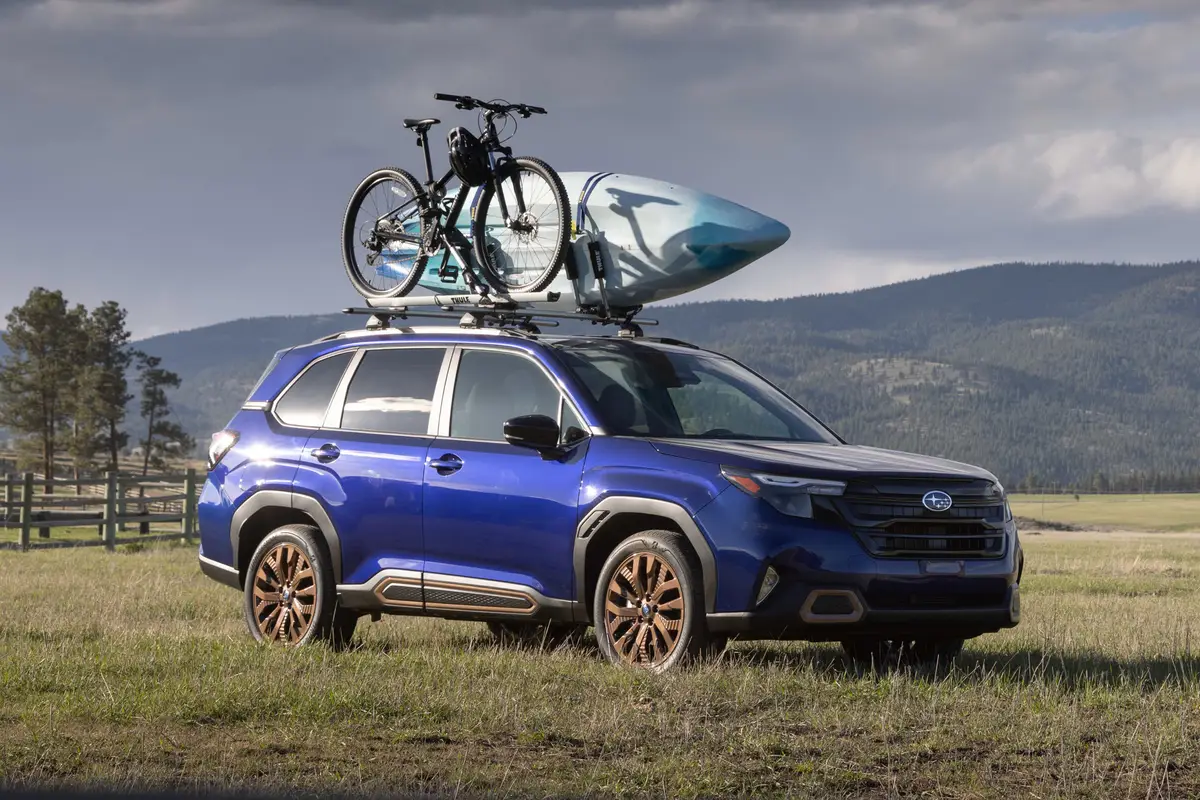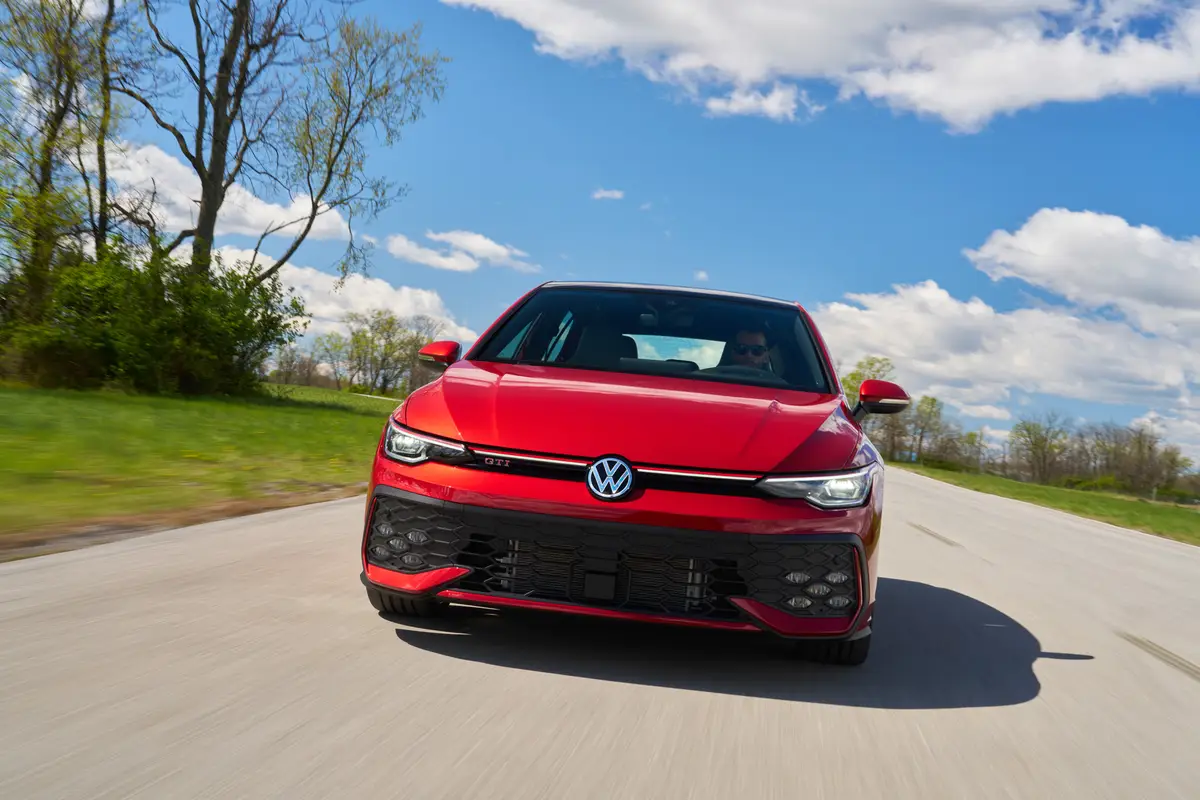chicagotribune.com's view
Nissan finally has its midsize sedan house in order.
Altima was resized, reshaped and repowered for ’02. Now Maxima has gotten the same overhaul for ’04.
Both front-wheel-drive sedans share the same platform and are built at Nissan’s Smyrna, Tenn., assembly plant.
Altima has been designated the high-volume daily commuter with a focus on function; Maxima the limited-volume model with an emphasis on sportiness.
To that end, Nissan will cut Maxima output to 75,000 from 95,000 annually while boosting Altima production to 250,000 from 200,000 by 2005.
Altima will compete against the Toyota Camry and Honda Accord; Maxima will take on the more performance-oriented rivals such as the Acura TL and Volkswagen Passat.
But, after testing the 2004 Maxima, don’t rule it out as an alternative to the Toyota Avalon or Lexus ES300.
Maxima is offered in SL and SE versions. The SL leans more toward luxury, the SE toward sportiness. We tested the SE with the Elite package.
When Altima was resized for ’02, it became considerably larger than Maxima. In adopting the Altima platform for ’04, Maxima saw its wheelbase swell by 3 inches, to 111.2 inches; length by 2 inches, to 193.5 inches; width by 1.5 inches, to 71.7 inches; and height by 2 inches, to 58.3 inches.
Those numbers translate into a roomier sedan with even better ride and handling than it had delivered.
It’s also been reshaped and now sports what Jed Connelly, senior vice president of sales and marketing for Nissan North America, calls the “European hatchback look.”
That means while Maxima is a four-door sedan with a traditional trunk, in profile it has the sloping rear end of a hatchback coupe. Some insist they see a little of the 350Z coupe in Maxima. Won’t argue.
Connelly also boasts, “You certainly can tell us apart from other Japanese cars. You can’t blame us for having look-alikes.”
Totally agree.
Styling is one of Maxima’s strong points. Head and taillamps seem designed by a jeweler. The body is rounded but a few well-placed creases along hood and wheel-well arches serve as character lines and contribute a sporty as well as luxury look.
Camry/Accord may each outsell Altima/Maxima 2-to-1, but Camry/Accord won’t win any beauty contests. While you have to put nose to hood logo to determine which is the Toyota and which the Honda, Maxima is as distinctive among the Japanese as the Cadillac CTS is among the domestics.
Maxima is a five-passenger sedan, unless you opt for the Elite package, which converts it to four passengers by replacing the rear bench with a pair of buckets and separating the two with a large console. Some say the result is a limo-like ride for those in back. Others will argue that you feel compartmentalized and claustrophobic.
All Maximas come with Skyview, a narrow sheet of glass that runs fore to aft down the center of the roof to provide an open-air feeling in the cabin, especially for those in Elite package buckets.
But while the glass extends the length of the roof outside, inside the cabin there only are two openings to look out–between front- and rear-seat occupants. The glass is fixed and doesn’t open, but comes with sunshades. As an alternative to Skyview, a power-open sunroof is a $900 option.
As noted, Maxima is powered by the 3.5-liter V-6 from Altima, but tweaked to 265 horsepower and 250 foot-pounds of torque from 240 h.p. and 246 foot-pounds of torque in Altima.
Light pedal pressure brings swift, lively response. Nissan insists Maxima is first and foremost a sports sedan. The V-6 helps it live up to that billing. It doesn’t just look like a sports sedan, it acts like one. A built-in exhaust rumble contributes to the image.
Though a more spirited performer, thanks to a new five-speed automatic with a manual mode setting, Maxima delivers 20 m.p.g. city/28 m.p.g. highway, or 2 m.p.g. better highway mileage than its predecessor with four-speed. The mileage-minded won’t feel guilty kicking the pedal.
The SE suspension is tuned for optimum handling.
You sit flat in corners without unnecessary body lean or having to back off the gas pedal.
You move quickly into and out of the twists along country roads. To maximize handling, you sometimes sacrifice some ride quality, and Maxima will let you know the location of most tar marks on the road.
The standard 18-inch, wide-profile radial tires (17-inch on the SL) are meant to grip, not slip. But those who drive more aggressively should opt for the $900 vehicle dynamic control option that uses torque management and anti-lock brakes to ensure stability and control, especially in lateral moves.
Perforated leather seats help hold you in place. The side bolsters help, but would contribute more if just a tad larger.
The steering system has been tuned to respond quickly to wheel input without lingering. Point and that’s where you go, especially desirable in a car meant to be driven hard.
The standard four-wheel ABS comes with electronic brake force distribution to optimize braking based on load (more force when cabin and trunk are full) and brake-assist that senses panic braking to quickly activate ABS.
While a most pleasant machine, Maxima should borrow the steering column instrument pod offered in the G35 from Nissan’s luxury Infiniti division.
The pod moves up and down when you adjust wheel height to ensure you continue to see all gauges and dials. And while orange instrumentation is decorative, blue is easier to see at night.
Biggest gripe is that Maxima offers a variety of option packages, and some are packaged within other packages. Confusing? Yes. Costly? Absolutely.
The Elite package was one of five added to the test car in a $6,400 charge that brought the $26,950 base up to slightly less than $34,000, slightly more when vehicle dynamic control was added.
The other packages and primary features were the Journey with a DVD-based navigation system; Preferred with heated steering wheel, power folding outside mirrors and power tilt/telescoping steering wheel; Sensory with heated leather seats and power passenger seat; and Premium Audio, with Bose sound system and AM/FM/cassette/CD player and speed-sensitive volume control.
Standard equipment includes power locks/mirrors/seats/windows, dual-zone automatic temperature control, remote keyless entry, front and side air bags and side air-bag curtains.
Seat update: In reviewing the Infiniti FX45 sport-utility vehicle (Transportation, April 13) we noted that the rear seat was fixed nearly upright so passengers had to sit too rigidly. The day after the review appear ed, we found the handle that allows the back to recline. Nissan could solve the problem by adding an easier to see-and-use handle. We also noted the ride was stiff. Connelly said the automaker is considering more suspension dampening to reduce firmness.
TEST DRIVE
2004 Nissan Maxima 3.5 SE
Wheelbase: 106.9 inches
Length: 186.2 inches
Engine: 3.5 liter, 265 h.p., 24-valve V-6
Transmission: 5-speed automatic
Fuel economy: 20 m.p.g. city/28 m.p.g. highway
Base price: $26,950
Price as tested: $34,250. Includes $6,400 for Elite/Journey/Preferred/Sensory/Premium audio packages with (Elite) two-passenger rear seating with heated seats, rear center console with 12-volt outlet, auto rear windows, power rear window sunshade; (Journey) DVD navigation system with color display and compass; (Preferred) driver seat memory system, heated steering wheel, power folding mirrors, rear spoiler, power tilt/telescoping steering wheel with memory, and Xenon headlamps; (Sensory) leather seats, power passenger seat, heated front seats; (Premium) Bose audio system with AM/FM/cassette/CD player and speed-sensitive volume control; $900 vehicle dynamic control and full-size spare plus alloy wheels. Add $540 freight.
Pluses: Now on Altima platform. Bigger, roomier sedan. Dynamic styling breaks from the typical bland and boring mold. Excellent performance yet very good mileage from the V-6.
Minuses: One more option package and the window sticker would require writing both front and back. Elite package seating.
Latest news



